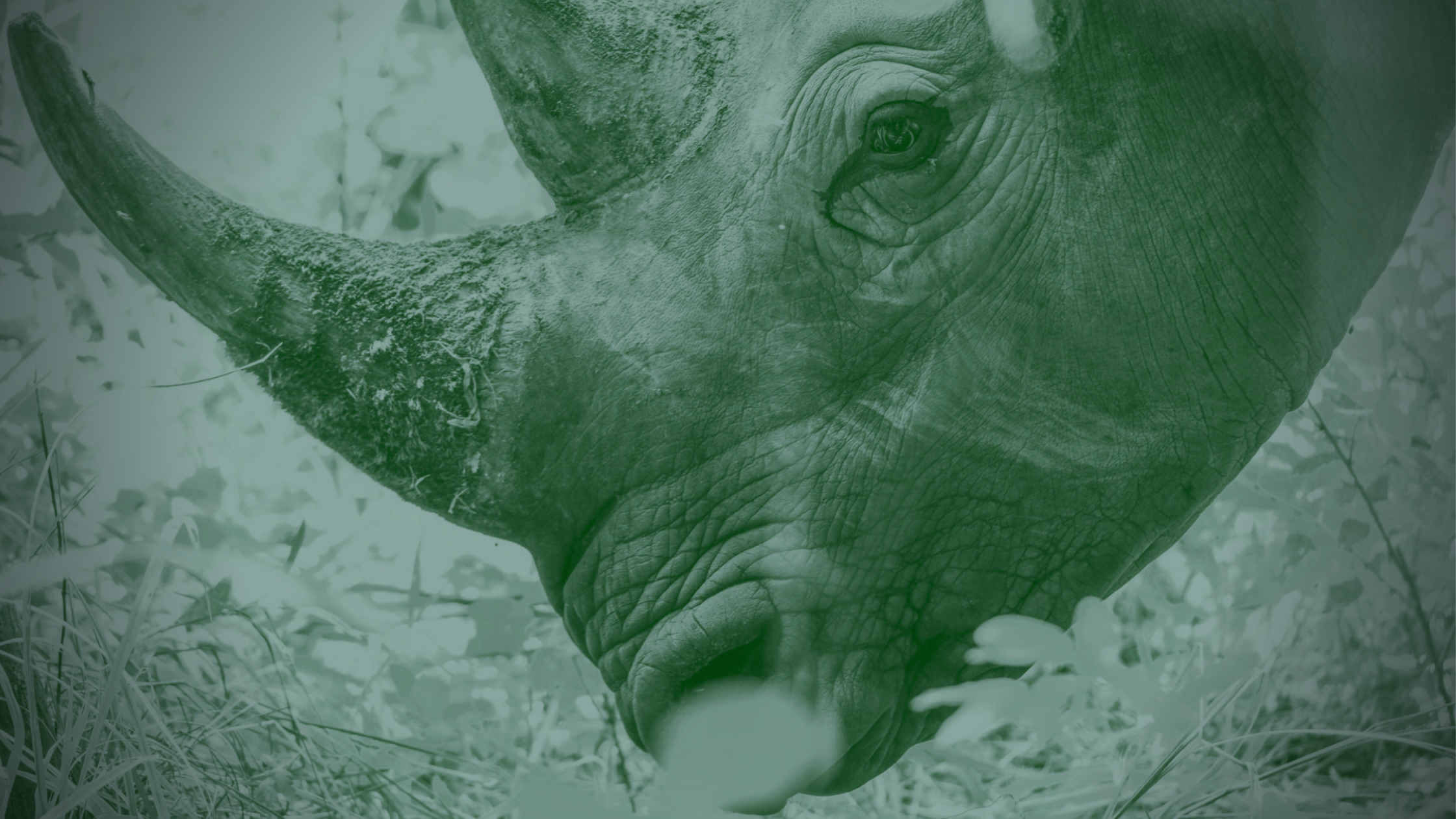Northern Gray Gibbon Hylobates funereus
Endangered
Brunei; Indonesia (Kalimantan); Malaysia (Sarawak)
The habitat of the Northern Gray Gibbon is largely lowland dipterocarp forest, or in heath/kerangas forest on sandy acidic soils. The species is tolerant of selective logging as long as sufficiently tall, fruit-bearing trees are present. Illegal hunting and live capture for the pet trade pose additional threats (Bartlett 2007, Campbell et al. 2008, 2015; Cheyne et al. 2016).
Northern Gray Gibbons form close familial bonds and monogamous pairs they are #endangered in #Brunei #Indonesia and #Malaysia due to #deforestation illegal hunting and the #pettrade. Support their survival #Boycott4Wildlife
Tweet
The Northern Gray Gibbon is threatened by habitat loss due the expansion of agricultural plantations, clear-felling for timber and, to a lesser extent, selective logging, all of which are exacerbated by forest fires associated with El Niño events.
IUCN Red List
Endangered based on an estimated population reduction of over 50% over the past 30 years (2 generations) and projected future habitat loss and degradation in the next 15 years (one generation), where the reduction of habitat has not ceased (Campbell et al. 2008). Habitat loss is primarily due to fires, illegal logging and forest clearing for oil palm plantations.
Numerous conservation efforts of these rarest of small primates are ongoing. Sponsor a gibbon at a rescue centre here.
Support the conservation of this species
Endangered Primate Rescue Centre
Further Information

Nijman, V., Cheyne, S. & Traeholt, C. 2020. Hylobates funereus. The IUCN Red List of Threatened Species 2020: e.T39890A17990856. https://dx.doi.org/10.2305/IUCN.UK.2020-2.RLTS.T39890A17990856.en. Downloaded on 05 February 2021.

How can I help the #Boycott4Wildlife?
Contribute in five ways
1. Join the #Boycott4Wildlife on social media and subscribe to stay in the loop: Share posts from this website to your own network on Twitter, Mastadon, Instagram, Facebook and Youtube using the hashtags #Boycottpalmoil #Boycott4Wildlife.
2. Contribute stories: Academics, conservationists, scientists, indigenous rights advocates and animal rights advocates working to expose the corruption of the palm oil industry or to save animals can contribute stories to the website.
3. Supermarket sleuthing: Next time you’re in the supermarket, take photos of products containing palm oil. Share these to social media along with the hashtags to call out the greenwashing and ecocide of the brands who use palm oil. You can also take photos of palm oil free products and congratulate brands when they go palm oil free.
4. Take to the streets: Get in touch with Palm Oil Detectives to find out more.
5. Donate: Make a one-off or monthly donation to Palm Oil Detectives as a way of saying thank you and to help pay for ongoing running costs of the website and social media campaigns. Donate here









